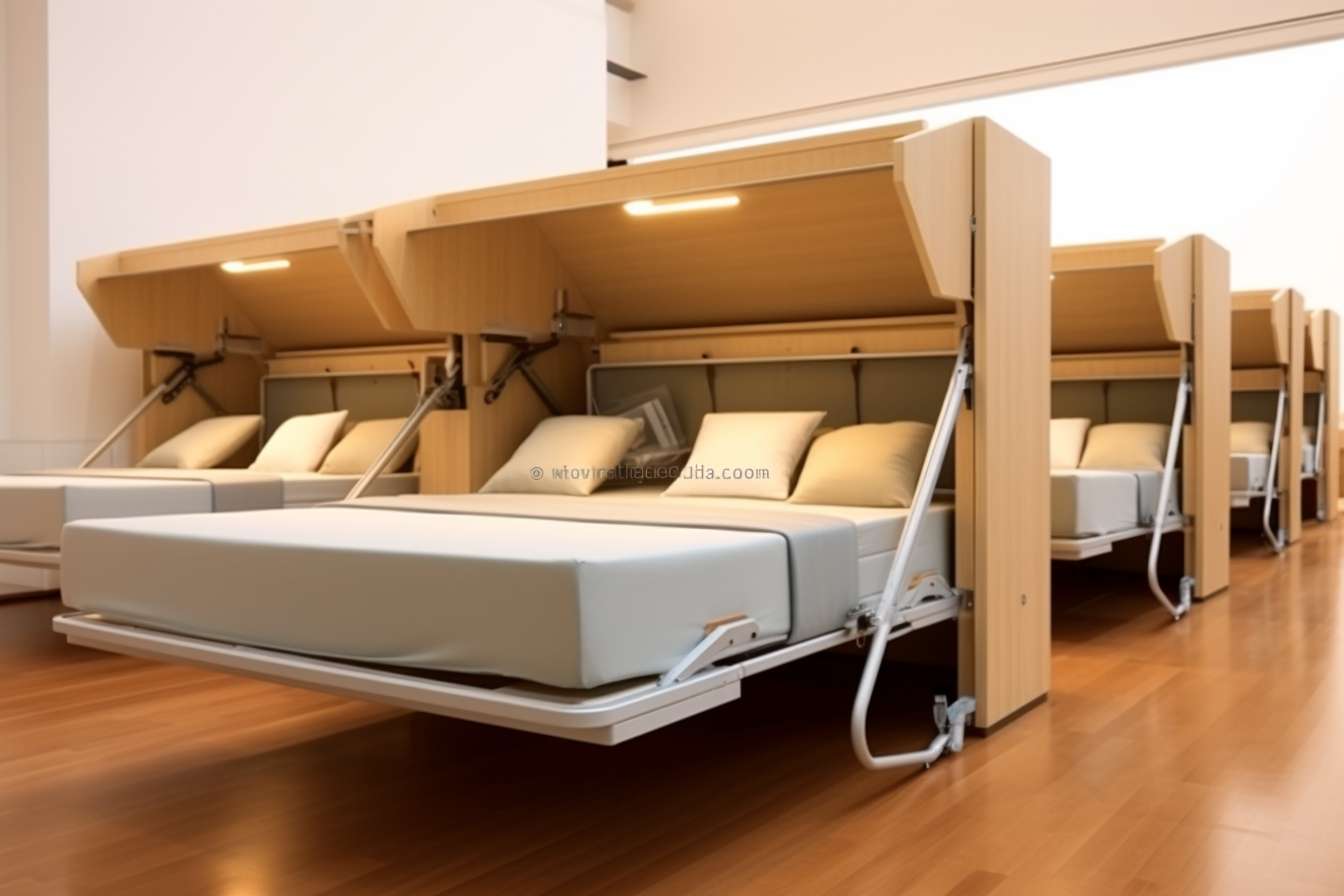Design principles for a restful sleeping space
A restful sleeping space combines practical design with sensory calm to support regular, restorative sleep. By balancing lighting, layout, mattress choice, textiles and acoustics, you can create an environment that reduces disturbances and encourages relaxation. Consider airflow, insulation and subtle greenery to enhance comfort and health, while organizing furniture and storage to keep the room uncluttered and focused on rest.

Creating a restful sleeping space means thinking beyond decoration to consider how the room supports sleep physiology and daily routines. Effective design reduces distractions and physical discomfort while promoting relaxation before bedtime. Small adjustments to lighting, ventilation and furniture placement can make falling asleep and staying asleep easier, and sustainable choices can lower long-term environmental impact. This article outlines practical principles to shape an intentional bedroom that prioritizes comfort, ergonomics and ambience without sacrificing style.
Lighting and ambience
Thoughtful lighting supports circadian rhythms and sets the right ambience for winding down. Use layered lighting—overhead, task and accent fixtures—to control brightness and color temperature. Cooler, brighter light is useful for morning routines; in the evening switch to warm, dimmable sources to cue melatonin production. Blackout curtains or blinds reduce streetlight intrusion. Consider integrated smart controls or simple timers so devices aren’t left on inadvertently; avoiding blue-heavy screens before bed also helps preserve natural sleep patterns.
Layout and furniture
A clear, functional layout reduces visual clutter and optimizes movement around the room. Place the bed as the focal point with enough clearance to make making the bed and getting in or out comfortable. Arrange furniture to support nightly routines—nightstands for essentials, seating for dressing, and thoughtful pathways to closets or doors. Choose furniture that suits the scale of the room and allows airflow; heavy, obstructive pieces can create a cramped feel and interfere with circulation of light and air.
Mattress and ergonomics
The mattress is central to sleep quality; ergonomics and support influence spinal alignment and comfort. Select mattress firmness based on sleeping position and personal comfort rather than trends; side sleepers may prefer more cushioning, while back or stomach sleepers often benefit from firmer support. Pair the mattress with an appropriate base and pillows that support neck alignment. Consider mattress materials for breathability and durability, and ensure mattress protection and periodic rotation extend its useful lifespan.
Textiles and insulation
Textiles shape tactile comfort and acoustic absorption. Choose breathable bedding materials—cotton, linen or blends—that regulate temperature and wick moisture to support uninterrupted sleep. Rugs, curtains and wall textiles add insulation and soften echoes, improving both thermal comfort and acoustics. Insulation in walls and windows reduces heat loss and external noise; layered window treatments can combine thermal benefits with light control. Aim for easy-to-clean fabrics to maintain a hygienic sleeping environment.
Acoustics and ventilation
Sound and airflow directly affect how well you sleep. Identify common noise sources and use soft surfaces, rugs or acoustic panels to dampen sound. White-noise machines or fans can mask sporadic disturbances. Proper ventilation helps control humidity and preserves air quality—mechanical ventilation, operable windows or air purifiers can all play a role depending on your climate. Insulation, weather-stripping and double-glazed windows help keep external noise out while maintaining thermal comfort.
Storage and organization
An organized room reduces cognitive load and makes nightly routines smoother. Integrate storage to keep clutter out of sight: built-in closets, under-bed storage and multi-functional furniture increase usable space. Assign specific places for frequently used items to streamline bedtime and morning tasks. Maintain a simple organization system so laundry, books and devices don’t accumulate on surfaces; a decluttered environment supports a calmer ambience and clearer mental association between the room and sleep.
Conclusion Designing for restorative sleep is a holistic process that combines practical decisions—lighting, mattress choice, ventilation and storage—with sensory details like textiles, greenery and sound control. Attention to ergonomics and insulation improves physical comfort, while an uncluttered layout and intentional ambience reduce cognitive stimulation before bed. By applying these principles and selecting durable, sustainable materials where possible, you can create a sleeping space that supports regular, healthier sleep patterns over the long term.





